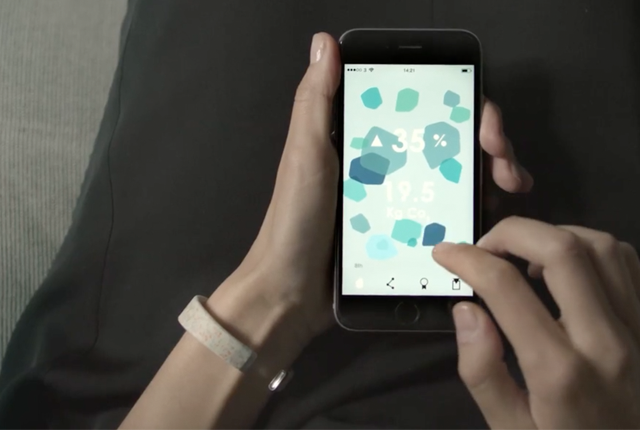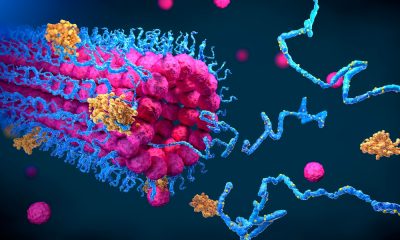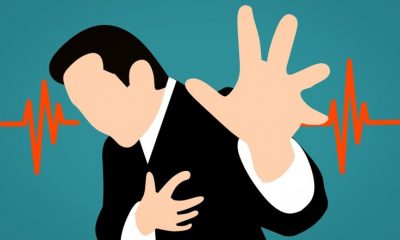People with Tourette’s syndrome can breathe a sigh of relief. Researchers have created a new electrically stimulated wrist device that boasts of significantly reducing tics and other symptoms of the condition.
The “Neupulse” device has been developed jointly by scientists at the University of Nottingham, England, and the company Neurotherapeutics. The company recently received more than $1m in funding, which will help the researchers realize their aim of commercializing the device and the app within the next three years, as per NeuroscienceNews.
The prototype wrist device has been in the spotlight ever since singer Lewis Capaldi participated in the trial that studied the efficacy of the device to emit electrical pulses to reduce the amount and severity of tics in individuals with Tourette’s. One hundred and twenty one people across the U.K. were part of the trial.
Charity Tourettes Action called the device “life-changing,” SkyNews reported.
Researchers added the device helped Capaldi “feel calmer and the device clearly suppressed the head and shoulder tics which can be quite painful for him,” according to the outlet.
Tourette Syndrome is a neurodevelopmental condition that causes involuntary sounds and movements called tics. Tics are episodic and typically occur many times in a single day. There is often a strong urge to tic, called a premonitory urge, that a person experiences before he starts to tic.
In the study, volunteers used the device in the comfort of their homes at a similar time each day for 15 mins for a month. Also, a few of them were videoed each day. The participants had to give feedback on their experience weekly.
Following analysis, it was found people saw a reduction in tic frequency of more than 25% on average while they received active stimulation.
“Though the Neupulse device is still early in development, the results of this UK-wide double-blind clinical trial have been extremely encouraging,” professor Stephen Jackson from the University of Nottingham and Chief Scientific Officer at Neurotherapeutics said.
“This device has the potential to dramatically improve the lives of those with Tourette syndrome, who often face challenges managing their tics, by providing increased control over their tics on demand,” Jackson added.
At the end of one month, people who received active stimulation experienced a reduction in their tic intensity by more than 35%, the study found. Overall, 59% of the people who received active stimulation experienced a reduction in tic severity of at least 25%.
“The results of this trial mark an exciting step towards an effective, non-invasive treatment for Tourette syndrome that can be used at home. We are now focused on using the knowledge from the trial to develop a commercial device that can be made available to people with Tourette’s,” Dr. Barbara Morera Maiquez, Chief Research Officer at Neurotherapeutics, commented.
















